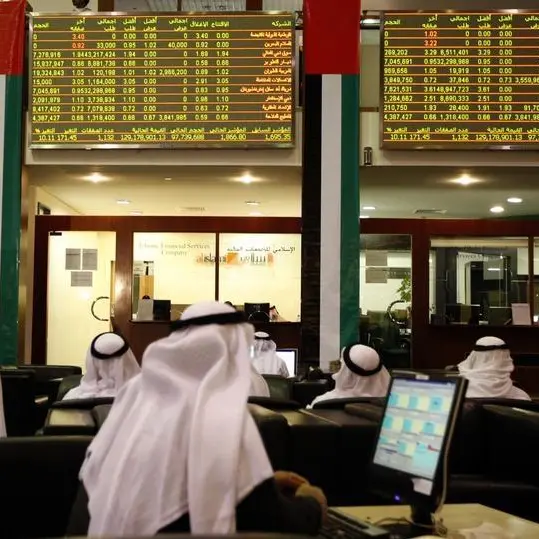PHOTO
More central banks are expected to increase their gold holdings this year as they continue to view the bullion as a reserve asset.
In a survey conducted by the World Gold Council (WGC) among central banks, 25 percent said they plan to buy more gold in the next 12 months, up from 21 percent last year.
Central banks are also more optimistic this year on gold as a reserve asset, with 61 percent of respondents saying that global gold reserves will increase over the next 12 months.
“Gold continues to be viewed favourably by central banks as a reserve asset,” the World Gold Council said.
The precious metal’s historical position is now the strongest motive for central banks to purchase gold, as cited by the majority (59 percent) of the respondents.
Gold’s “no default risk”, as well as its “performance during times of crisis” and ability to hedge against inflation are also among the top reasons for central banks to boost gold holdings.
“Good delivery bars”
Among those that buy the precious metal, close to half (46 percent) said they acquire gold on the global OTC market. For nearly half (43 percent) of economies, gold is a historical legacy asset, while 22 percent boost their holdings through domestic purchases.
Around 15 percent of central banks opt for off-market transactions and 17 percent acquire financial derivatives on gold.
Most of the central banks (85 percent) buy gold that meet the standards set by the London Bullion Market Association, or those that are called “good delivery bars”, while a smaller number buy gold dore and kilo bars.
(Reporting by Cleofe Maceda; editing by Seban Scaria)












